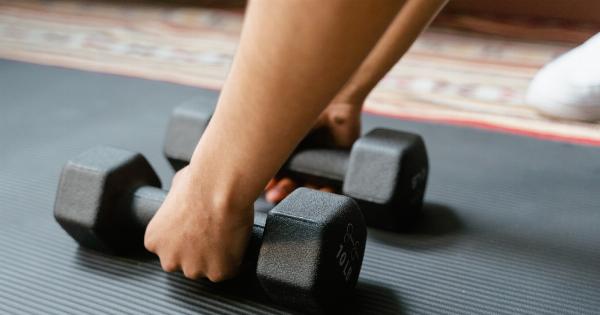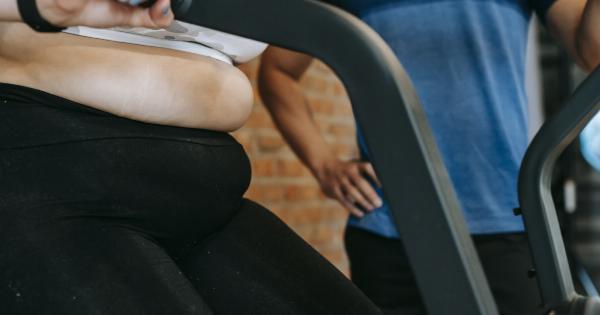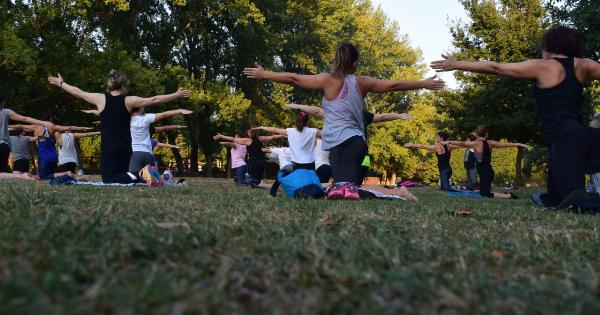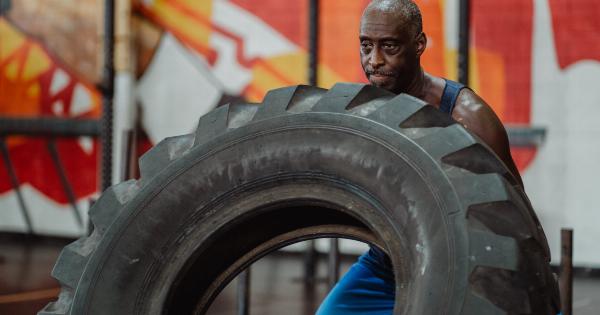As we age, it becomes increasingly important to prioritize our health and fitness. Many individuals in their 50s may experience a decline in physical abilities and face challenges in maintaining overall fitness levels.
However, a recent study has shed light on a key factor that greatly influences fitness in this age group. This groundbreaking research has the potential to revolutionize how individuals approach their health as they enter their 50s.
The Importance of Fitness in Your 50s
The age of 50 marks a significant milestone in a person’s life. It is a time when individuals may start to notice changes in their body and fitness capabilities. Many people find that they no longer possess the energy or stamina they once had.
Moreover, certain health conditions become more prevalent at this stage of life, making it crucial to prioritize fitness and overall well-being.
Regular exercise and maintaining a healthy lifestyle play a vital role in combating the challenges that arise with age.
Engaging in physical activity not only preserves muscle mass but also helps to prevent chronic diseases such as heart conditions, diabetes, and arthritis. Additionally, exercise supports mental health by reducing stress levels and improving cognitive function.
The Groundbreaking Study
A comprehensive study conducted by experts in the field has revealed a remarkable insight into what truly determines fitness in individuals in their 50s.
The researchers examined a wide range of factors, including exercise routines, diet, sleep patterns, and mindset. While all these variables played a role, one key factor emerged as the ultimate determinant of fitness in this age group — muscle strength.
Participants who possessed higher levels of muscle strength demonstrated better overall fitness, regardless of other lifestyle factors.
The study participants with greater muscle strength exhibited higher endurance, better balance, and increased flexibility. Furthermore, they had a reduced risk of falls and injuries, which are common concerns among individuals in their 50s.
Dr. James Anderson, the lead researcher of the study, explains, “Our findings demonstrate that maintaining and improving muscle strength is crucial in determining fitness levels in your 50s.
We discovered that other lifestyle factors, such as exercise routines and nutrition, are important but not as influential as muscle strength.”.
The Link Between Muscle Strength and Fitness
Muscle strength is undeniably a vital component of overall fitness. It becomes even more critical as we age, as muscle mass tends to decline naturally.
By actively working to increase and maintain muscle strength, individuals in their 50s can experience numerous physical and mental health benefits.
Resistance training exercises, such as weightlifting or using resistance bands, help to build muscle strength. These activities stimulate muscle growth, improve bone density, and boost metabolism.
Consequently, maintaining muscle strength aids in weight management and reduces the risk of obesity.
In addition to physical benefits, greater muscle strength positively impacts daily functioning and overall quality of life. It enhances mobility, making everyday tasks easier to perform.
Individuals with higher muscle strength are better equipped to participate in activities they enjoy, such as hiking, swimming, or playing sports. Moreover, stronger muscles protect joints, resulting in a lower likelihood of developing joint-related conditions.
Incorporating Strength Training in Your Routine
If you are in your 50s and are inspired by this groundbreaking study, incorporating strength training into your exercise routine is a logical step towards improving your overall fitness.
Consult with a certified fitness professional to develop a personalized program that suits your current fitness level and goals.
A well-rounded strength training program should include exercises targeting major muscle groups, such as the arms, legs, chest, back, and core. It is essential to perform these exercises with proper form and technique to minimize the risk of injuries.
Gradually increase weights or repetitions as your body adapts to the training stimulus.
Remember that consistency is key. Aim to engage in strength training activities at least two to three times per week, allowing your muscles ample time to recover and grow stronger.
You may also consider adding cardiovascular exercises, such as brisk walking or cycling, to your routine for better overall fitness.
Conclusion
As individuals approach their 50s, prioritizing fitness becomes increasingly significant for overall well-being.
The recent study highlighting the role of muscle strength in determining fitness levels has shed light on a key factor that can positively influence health outcomes in this age group. By focusing on maintaining and improving muscle strength through strength training exercises, individuals in their 50s can enhance their endurance, flexibility, and balance, while reducing the risk of falls and injuries.
Remember to consult with a fitness professional before starting any new exercise program, especially if you have any underlying health conditions.
Embrace the transformative power of muscle strength and embrace a healthier and fitter lifestyle in your 50s.





























